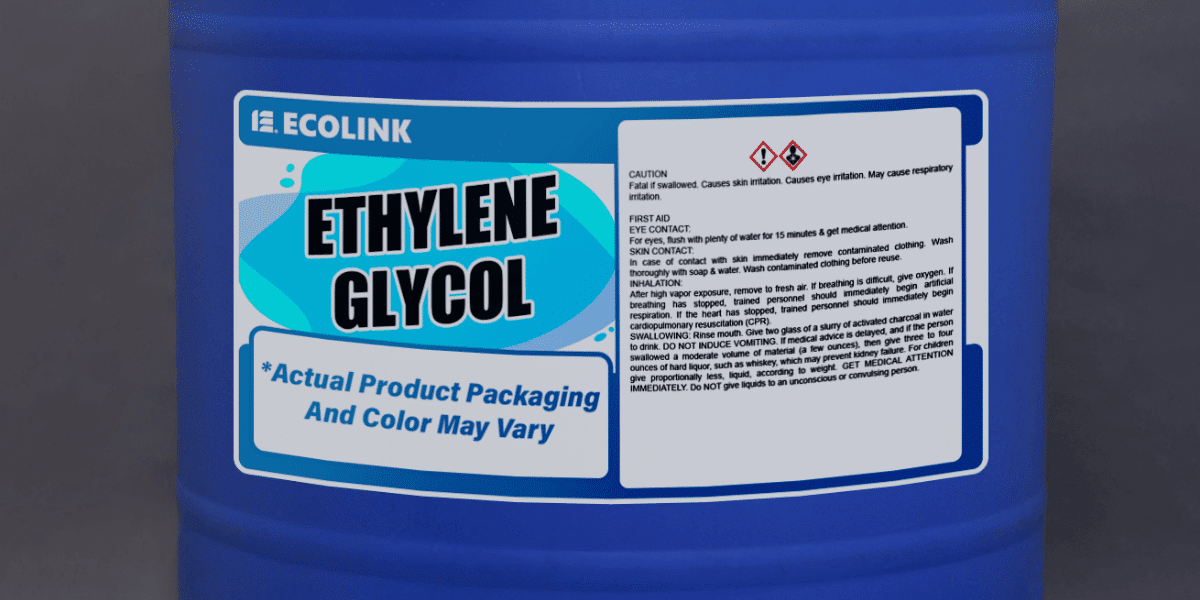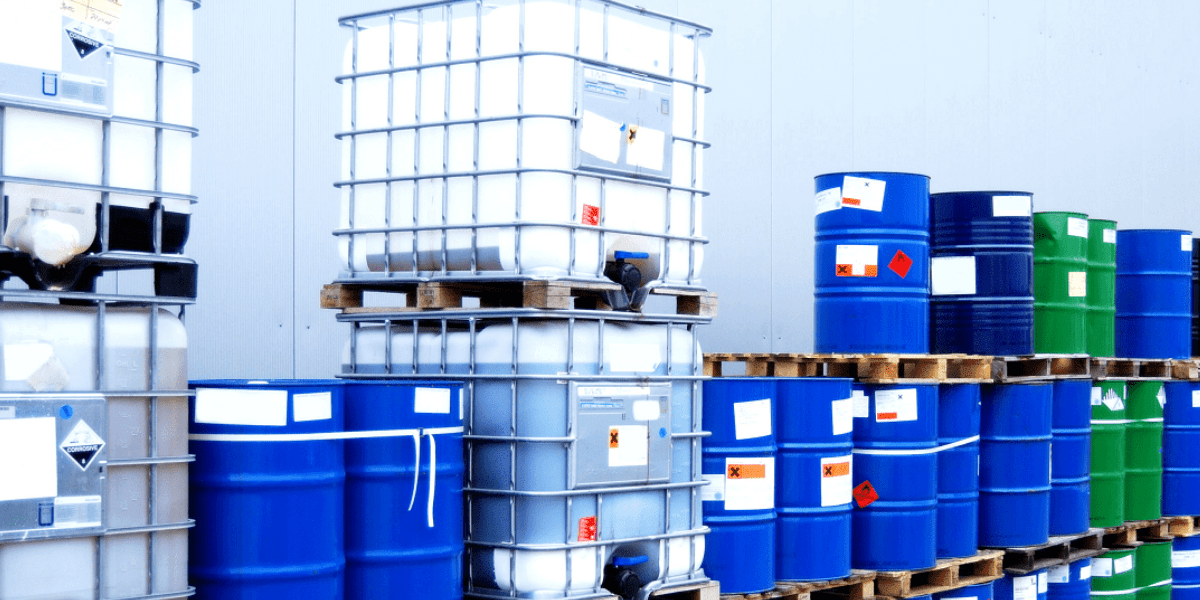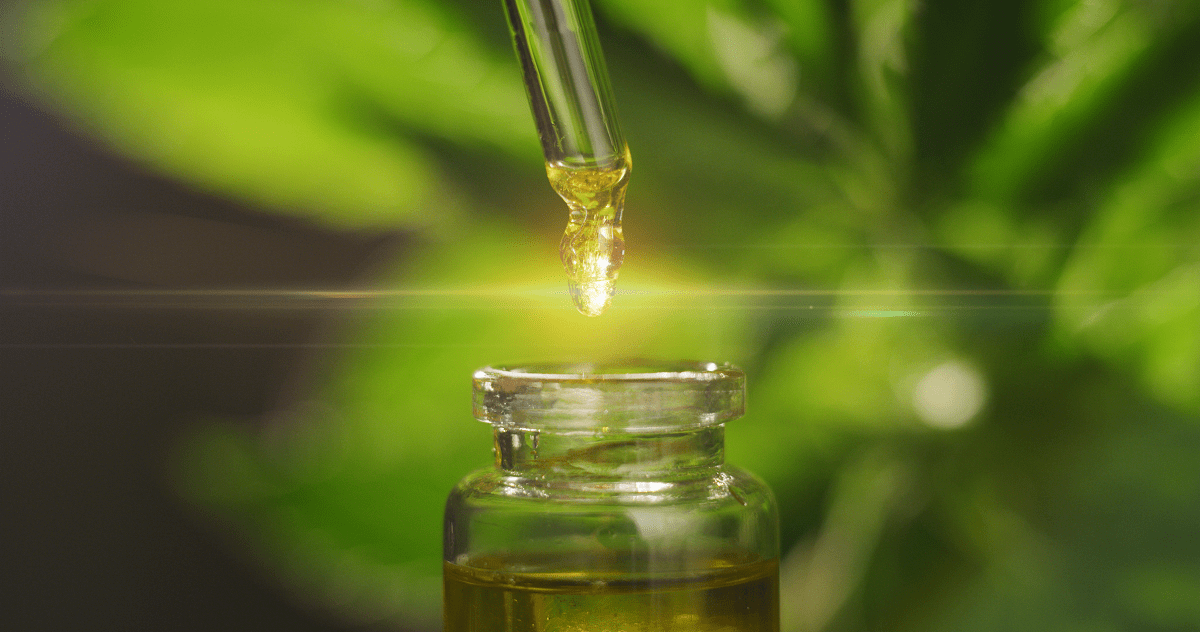Wondering where to buy heptane in bulk? Ecolink is a trusted, industrial supplier of many chemicals, including heptane. We offer heptane in different bulk quantities like our 55-gallon drum available here in our shop. Heptane, being a straight-chained hydrocarbon...












